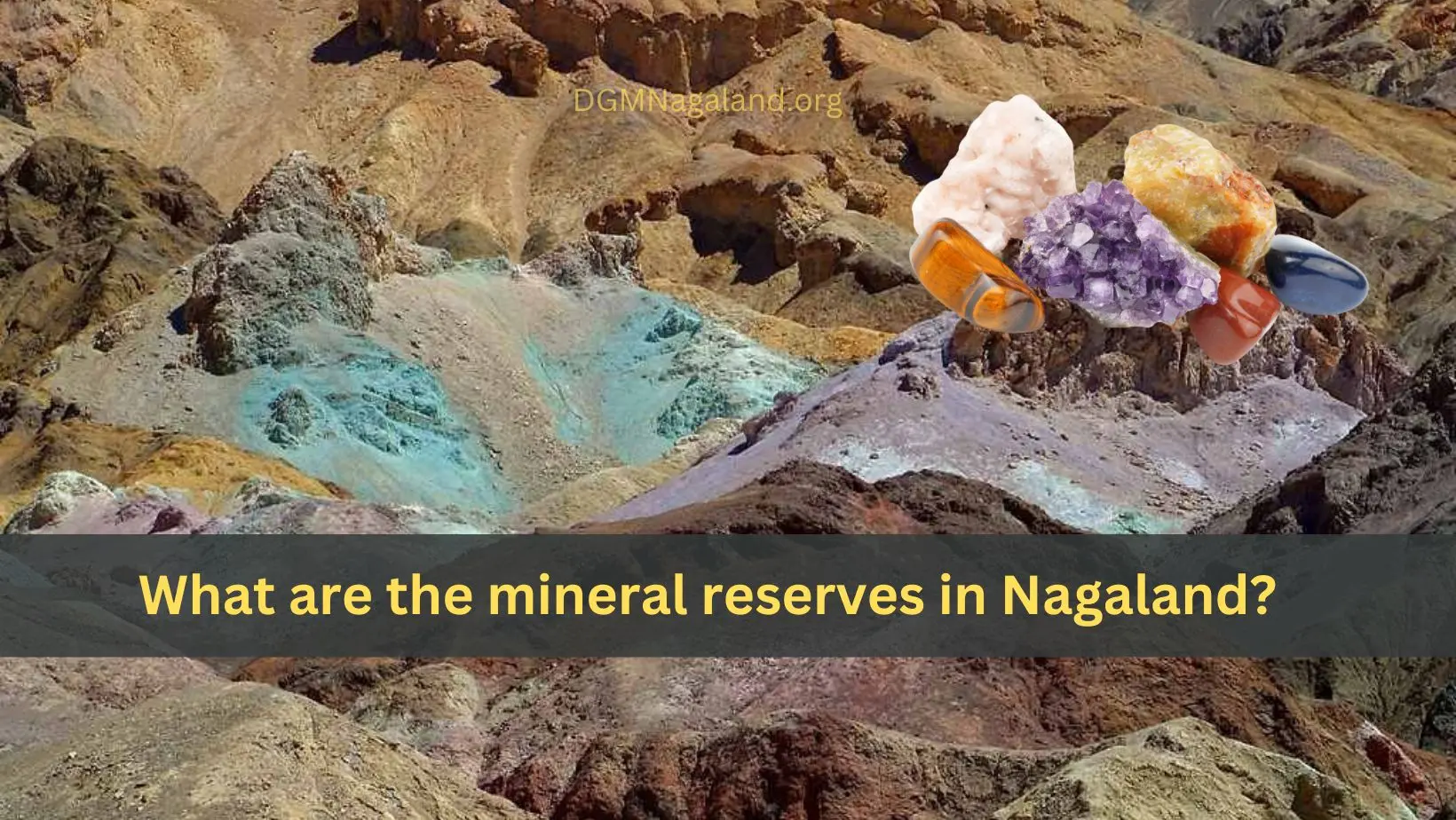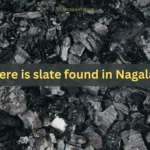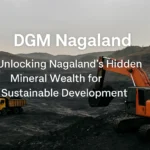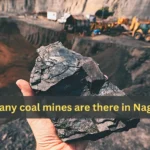Explore the diverse range of mineral reserves in Nagaland, including coal, limestone, magnetite, and more. Discover their potential for economic development and the importance of responsible management.
Unveiling Nagaland’s Mineral Wealth: A Glimpse into Exploration Activities
Exploring Nagaland’s Geological Riches:
The Directorate of Geology and Mining (DGM) in Nagaland plays a crucial role in discovering, investigating, and evaluating the state’s diverse mineral resources. Since its inception, mineral exploration has been a central activity of the department, contributing significantly to understanding Nagaland’s geological potential.
Key Minerals in Focus:
The DGM’s exploration efforts primarily target various valuable minerals, including:
- Coal: A significant focus area, with ongoing exploration activities to assess resource potential and reserves.
- Nickel-cobalt-chromium bearing Magnetite: Holds potential for valuable industrial applications.
- Limestone: An essential resource for construction materials and various industrial processes.
- Building Materials: Exploration covers dimension/decorative stones, clay, and other materials crucial for infrastructure development.
- Platinum Group of Elements (PGE) and Gold (Au): These precious metals hold immense economic value.
- Other base metals, noble metals, and chromites: Exploration activities cover a broader range of valuable mineral resources.
Petroleum and Natural Gas Exploration:
While Oil and Natural Gas Corporation (ONGC) Ltd. previously conducted exploration and even some exploitation activities at the Changpang Oilfield, operations have been suspended since 1994. Currently, the Petroleum & Natural Gas Board (PNGB) Nagaland oversees P&NG-related activities in the state, with the DGM providing logistical support and monitoring exploration and exploitation for public welfare.
Detailed Exploration Activities:
Coal Exploration:
- Extensive exploration efforts have been undertaken in various locations, including Mongchen, Changki, Neiyam, Mangkolemba, Northern Khar, Merakeyong, and Tiru.
- Drilling, core sampling, and resource assessment are crucial aspects of these activities.
Limestone Exploration:
- Exploration activities focus on identifying and evaluating limestone deposits in areas like Ziphu, Waziho, Salumi, and Mimi.
- These efforts aim to support the construction industry and other potential applications.
Magnetite Exploration:
- Exploration targets include Molen Post, Pokphur, Thewati, and Phokphur.
- Identifying and assessing the potential of magnetite deposits for various industrial uses.
Nagaland, a state in Northeast India, holds immense potential for economic growth and development through its rich mineral resources. According to the 2018-19 Annual Administrative Report of the Nagaland State Mineral Development Corporation Ltd. (NSMDC), the state boasts a diverse range of minerals, including:
- Petroleum and natural gas: Prognosticated reserves of 600 million tonnes along the Nagaland-Assam border.
- Coal: Inferred reserves of 317 million tonnes, primarily located in Tuensang, Mon, Wokha, Longleng, and Mokokchung districts.
- Limestone and marble: Inferred reserves of 1000 million tonnes, crucial for construction and various industrial processes.
- Magnetite with nickel, cobalt, and chromium: Proven reserves of 5 million tonnes, holding significant industrial value.
- Decorative and dimensional stones: Rich deposits with potential for diverse applications.
- Other associated metals: Zinc, molybdenum, and possibilities of precious metals like gold and platinum.
Unlocking Economic Potential:
The Nagaland government, recognizing the potential of these mineral resources, established the NSMDC in 1981. The corporation’s primary objectives include:
- Commercial exploitation of limestone, coal, and other mineral deposits.
- Generating employment opportunities and uplifting the living conditions of rural communities residing near mineral deposits.
Challenges and Considerations:
While harnessing mineral wealth presents significant economic opportunities, it’s crucial to address associated challenges:
- Environmental considerations: Implementing and enforcing stringent regulations to minimize the environmental impact of exploration and mining activities.
- Social responsibility: Engaging with local communities throughout the process, addressing their concerns, and ensuring equitable benefits.
- Sustainable practices: Adopting innovative technologies and prioritizing responsible resource utilization for long-term sustainability.
Moving Forward:
Nagaland’s mineral wealth presents a unique opportunity for the state’s development. By:
- Identifying and evaluating new mineral deposits.
- Adopting sustainable exploration and development practices.
- Collaborating with stakeholders from government, industry, and civil society.
Nagaland can ensure responsible and inclusive growth, transforming its mineral wealth into a catalyst for a brighter future for its people and the environment.
Conclusion: Mineral Reserves in Nagaland
The DGM’s mineral exploration activities play a vital role in unveiling Nagaland’s vast mineral wealth. By identifying, evaluating, and assessing various valuable resources, the department contributes to:
- Economic development: Potential for job creation, revenue generation, and industrial growth.
- Infrastructure development: Essential minerals for construction and related sectors.
- Sustainable resource management: Responsible exploration practices to ensure environmental protection.
FAQs:
1. What are the main minerals explored by the DGM in Nagaland?
Answer: The DGM focuses on exploring various minerals, including coal, nickel-cobalt-chromium bearing magnetite, limestone, building materials, PGE, gold, and other base metals.
2. How does the DGM contribute to the development of Nagaland?
Answer: By identifying and evaluating mineral resources, the DGM paves the way for economic development, infrastructure growth, and responsible resource management in the state.
3. What is the current status of oil and natural gas exploration in Nagaland?
Answer: While exploration activities took place previously, current P&NG activities are overseen by the PNGB Nagaland, with the DGM providing support and monitoring for responsible exploration and exploitation.




